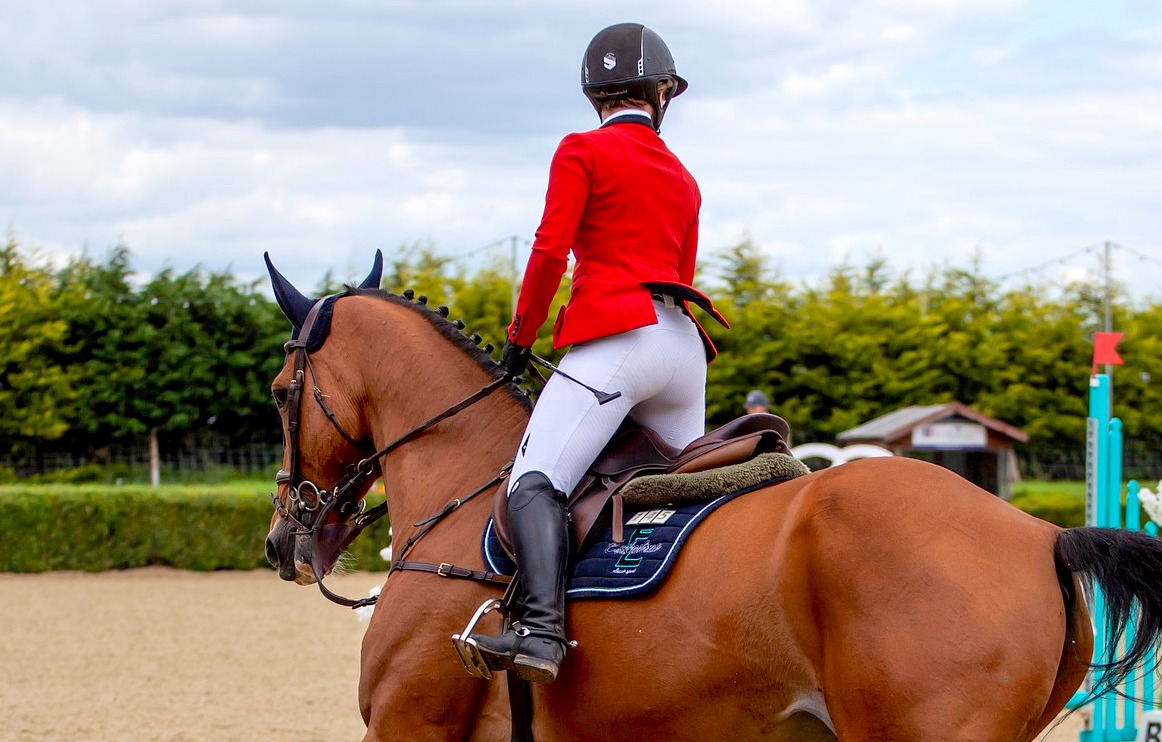To whip or not to whip
Use of the whip in horse sport has become a hot topic as the public are starting to question ‘normal’ equestrian practice. Two studies looking at different aspects of whip use were presented this week at the ISES conference in Guelph, Canada.
Kirstin Spencer from Writtle university College presented her research looking at whip use in British Showjumping affiliated competitions.
Kirstin watched 285 recorded performances by both amateur and professional competitors jumping at heights between 0.8 to 1.25m. Kirstin classified the force used by the riders when striking the horse into several categories including ‘excessive’ force (elbow and arm raised above shoulder level) and ‘strong’ force (more than 30cm distance from horse’s skin).
Kirstin's findings were truly eye opening. Riders who used the whip had more faults than those who didn’t. 10.5% of the competitors used the whip during their round. No horse and rider combination completed their round after use of excessive force, this was often because the horse was distressed. Female riders were more likely to use the whip than male riders.
This study has raised some important questions: Do riders realise that they are likely to be eliciting a flight response when using the whip? Do riders understand that whip use will likely affect the horse’s ability to concentrate and perform at their best? When used on the approach to a fence do riders realise using the whip may negatively affect how the horse jumps the fence? And finally do riders actually understand the use of punishment?
The second study came from Jane Williams at Hartpury University. Jane used an online survey to ask equestrians if, how and why they did or did not use a whip when riding. 3463 equestrians responded and interestingly 96% of them considered themselves to be experienced riders.
Jane’s findings were again quite surprising: Only 30% of respondents believed whips cause pain, 75% of respondents owned more than 2 whips. 60% of respondents regularly rode with a whip, 12% sometimes did and 28% never did. The most common reason given for using a whip was for use in emergency situations when riding on the road, followed by use when schooling or during lessons.
Most respondents supported tighter regulation of whip use in competition commenting that good riders do not need a whip, professionals regularly abuse horses in public and improved education and training is necessary.
21% believed that the public perception of the use of whips will lead to a ban on their use in future.
